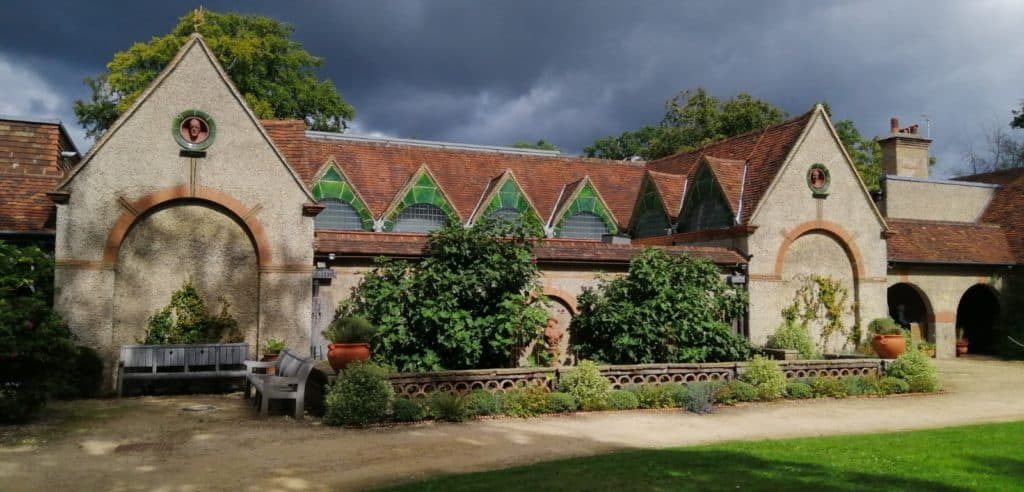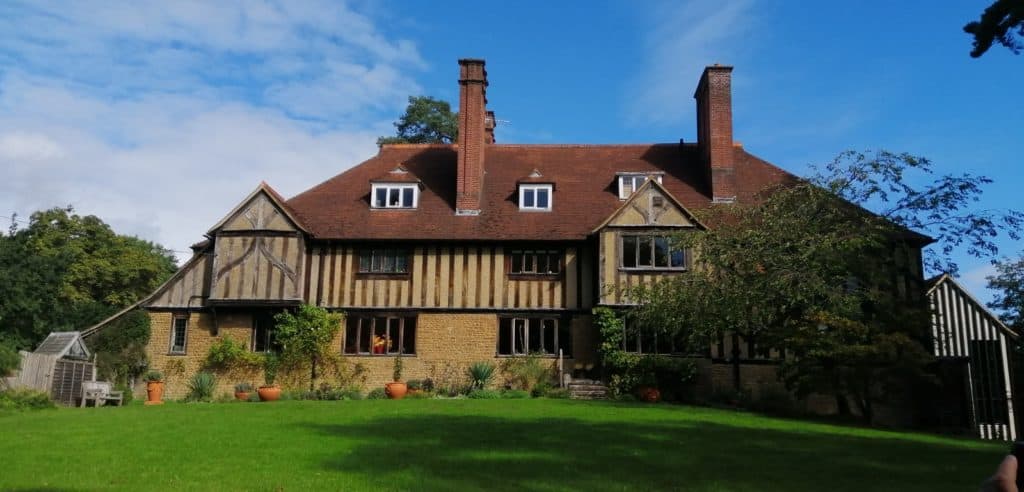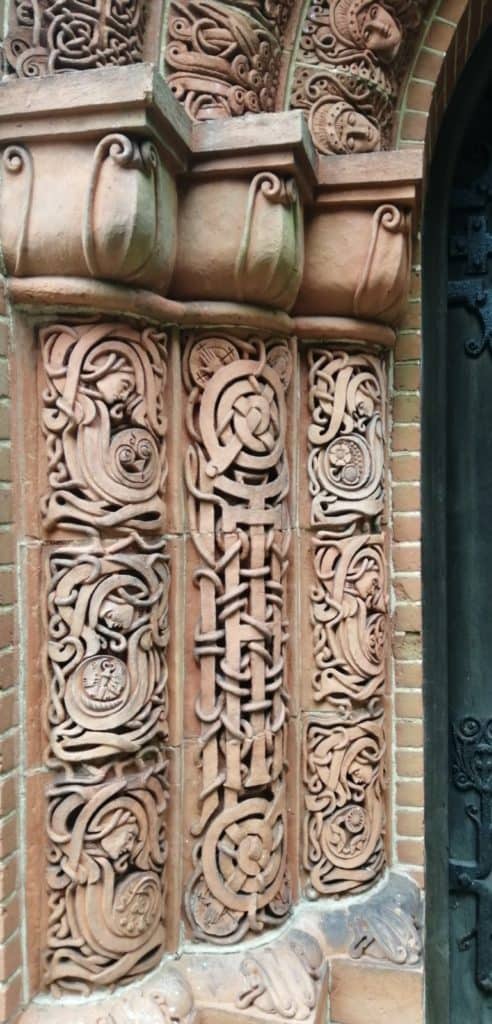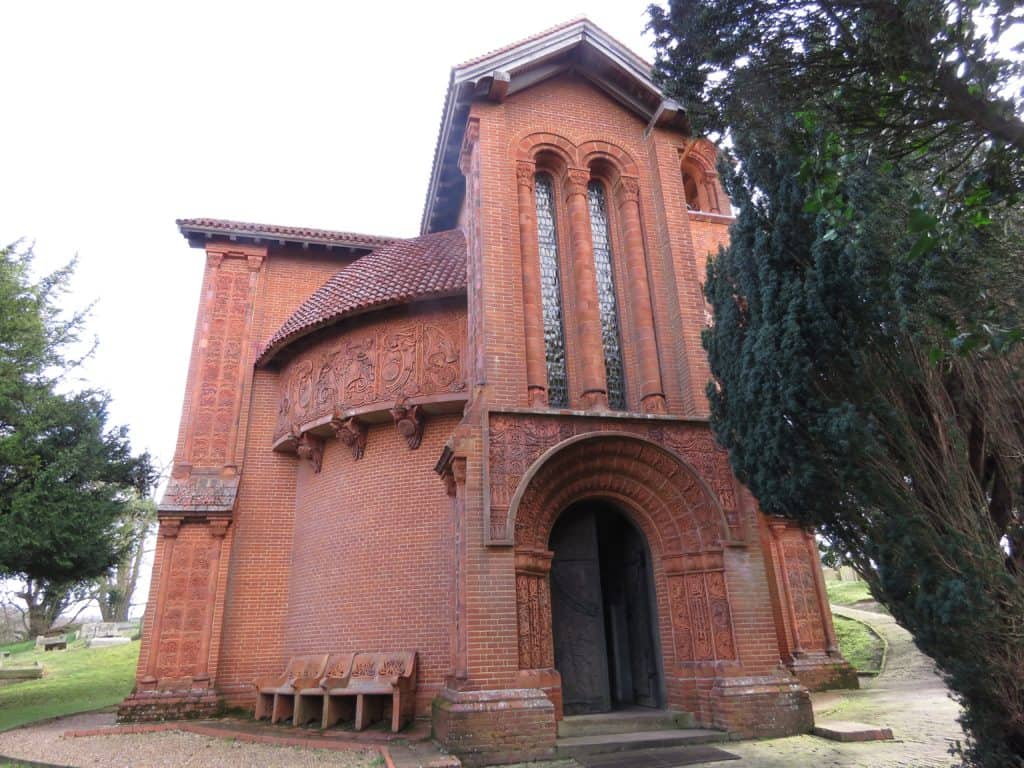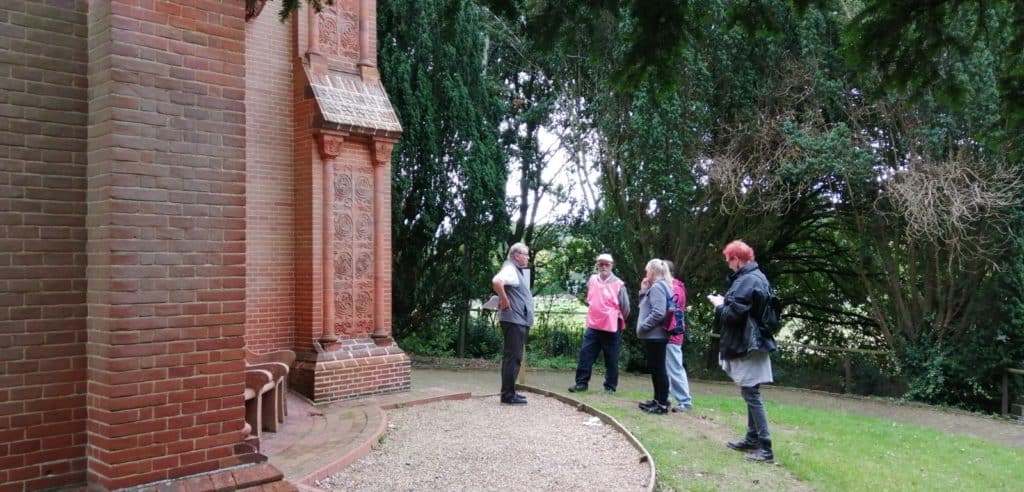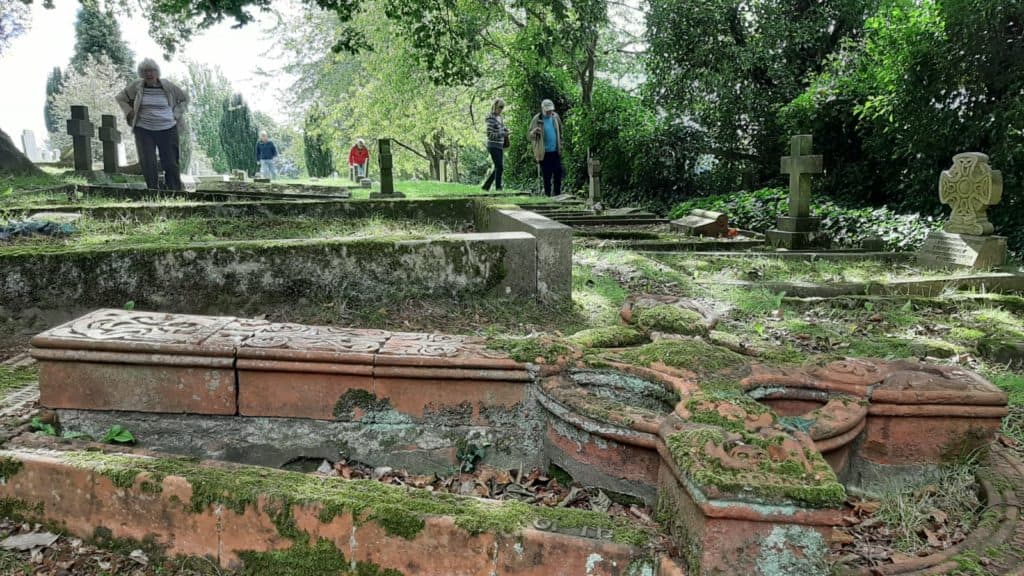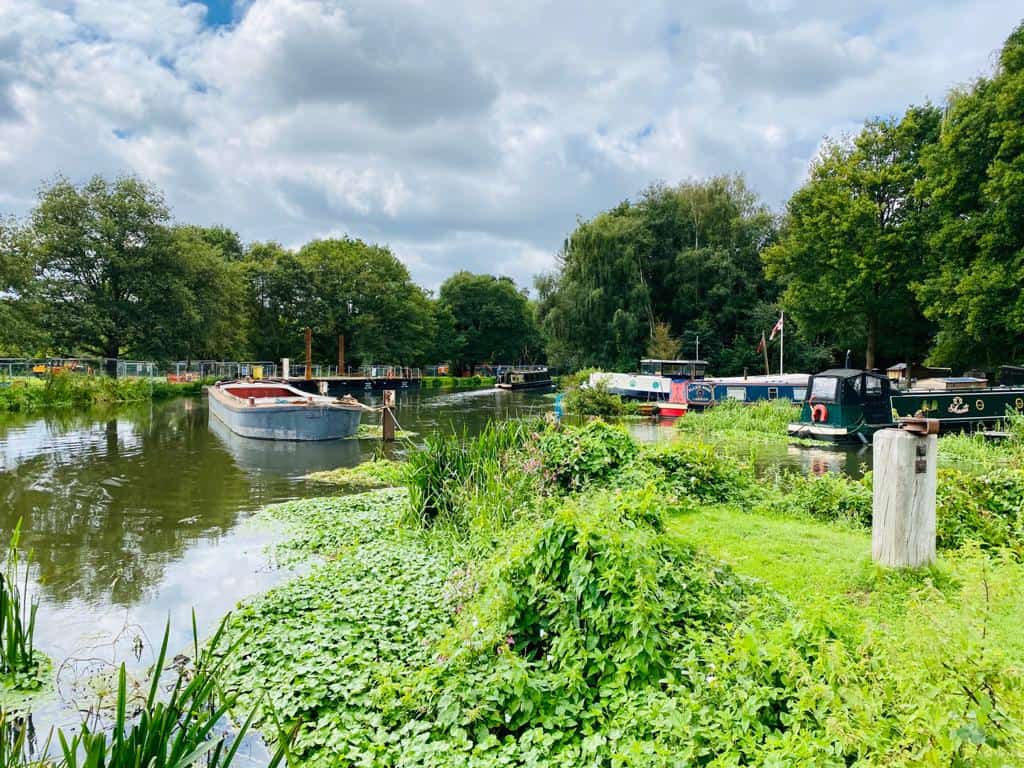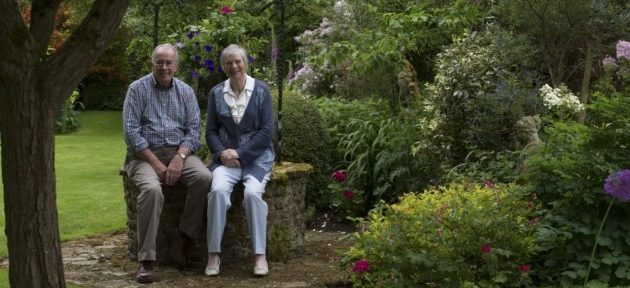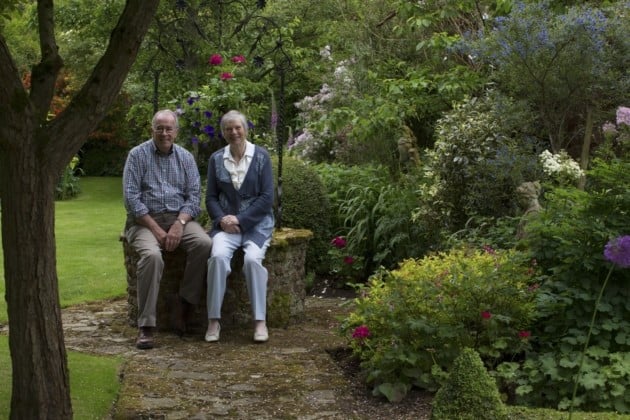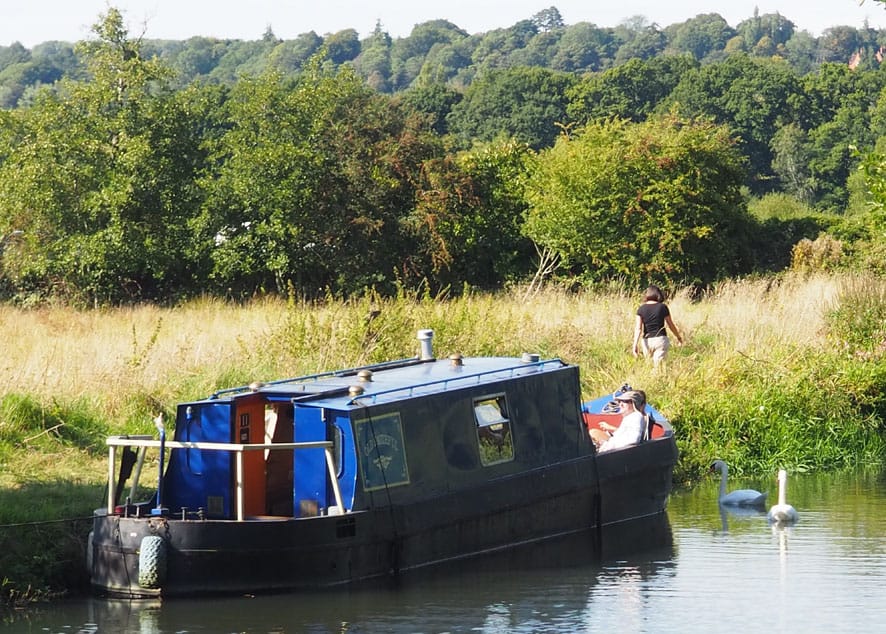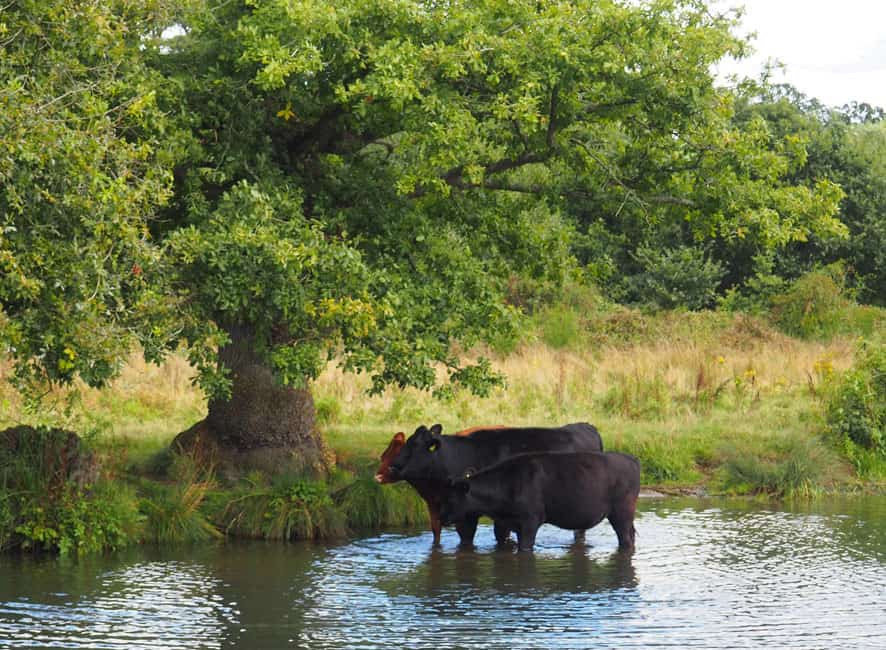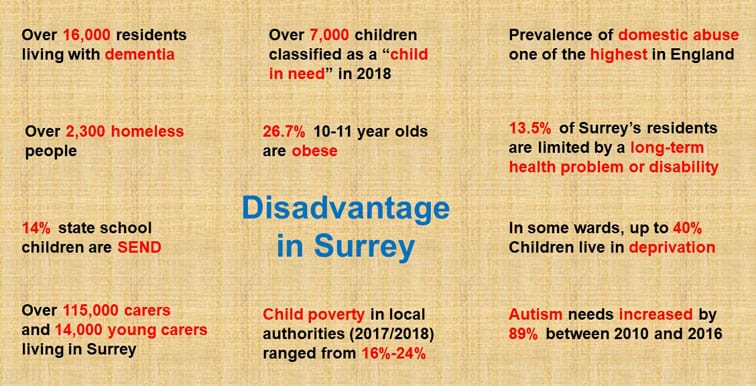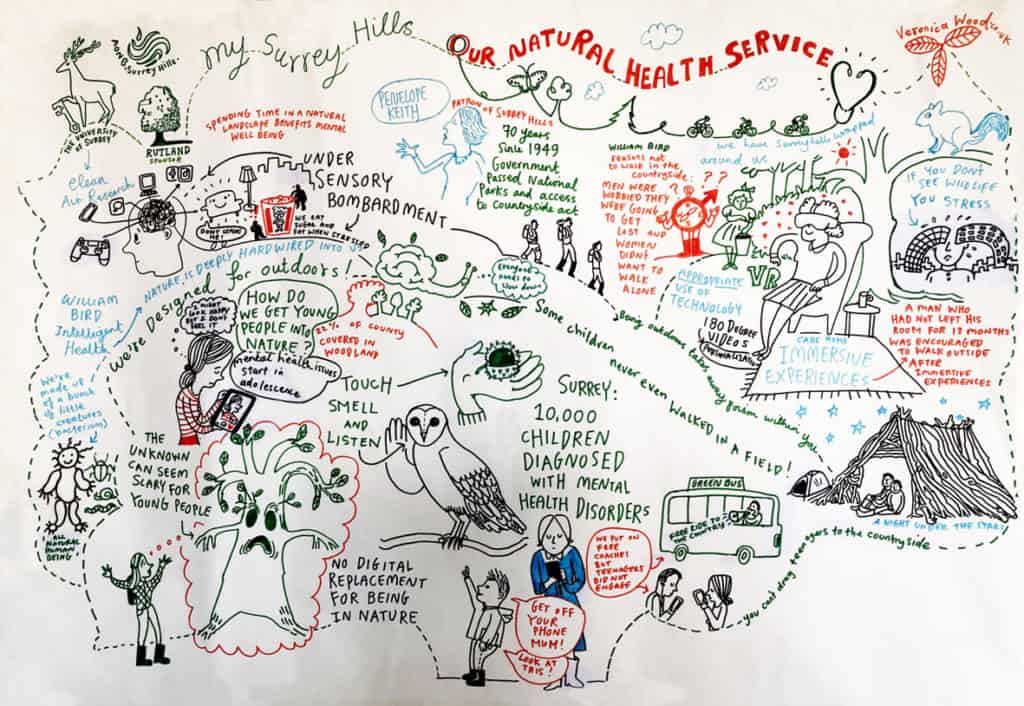Many of you will be aware that the Surrey Hills Area of Outstanding Natural Beauty (AONB) has adjacent land designated as Areas of Great Landscape Value (AGLV). In essence, these are parts of Surrey which fell outside the AONB boundary when the original map was created but which are widely considered to have equivalent importance and contribute to the overall landscape quality of the Surrey Hills.
For many years, there have been initiatives to revisit this topic with the desire to see more of the AGLV incorporated in the AONB and hence provide it with greater protection. One of the greatest stumbling blocks has always been the complexity of a formal review and the need for Natural England (and its predecessors) to allocate significant resources to such a review. This was exacerbated by the fact that no AONB boundary reviews had taken place elsewhere and hence they had no model for the task.
Natural England finally bit the bullet of a review of another AONB in Suffolk and promised that Surrey would be next on the list once they had completed Suffolk as a pilot. The Suffolk review is now complete and there has been a widespread expectation that the Surrey Hills review would now commence – with the AONB Board and others publicly commenting on that expectation. However, continuing a saga which has continued for well over a decade, Natural England is continuing to hold back from initiating this review.
The current explanations are that the Glover Review on the future of National Parks and AONBs means that more work is needed on following through on those recommendations – and Government has been tardy in actually responding to the Review and progressing it. They also claim that although they are still supportive, they cannot progress until DEFRA provide them with the funding and resource to implement it.
Needless to say, the AONB Board and many other groups are becoming exceeding frustrated by this prevarication. At the recent AONB Board meeting, Members reiterated that there was an urgent need to review the AONB Boundary and agreed to support Natural England on a new streamlined procedure for AONB designation. The Chairman of the AONB Board has written various letters to Natural England’s Chief Executive and others at a similar level and has had discussions with Glover and various local MPs. Claire Coutinho, MP for Tandridge, has taken up the issue on our behalf and other MPs such as Jeremy Hunt have become involved.
There is a feeling that the only way that this boundary review will be progressed in a timely manner is if the pressure for it is continued and shown to be widespread. At the recent AONB Board meeting there was agreement that all groups, and individuals who were in a position to do so, should add their weight to the case being presented to Natural England and also direct to DEFRA.
For our part, the SHS Chairman has written to the Chief Executive of Natural England emphasising how important SHS believes this review to be.
The Society has also been approached by CPRE to ask our members to support a petition that has been started by them. Whilst the Society normally avoids getting involved with planning matters – which are the remit of the AONB Planning Adviser and the local councils – in this case, the topic is of such wide interest and of importance to people right across the county, we feel that we should make you aware of the petiton so that you may act accordingly. The link is https://www.change.org/SurreyHillsAONB
As a Society, we feel strongly that much of the AGLV land should be incorporated within the AONB and that the review should be expedited so that the uncertainty can be removed. We will be playing our part in trying to achieve this.
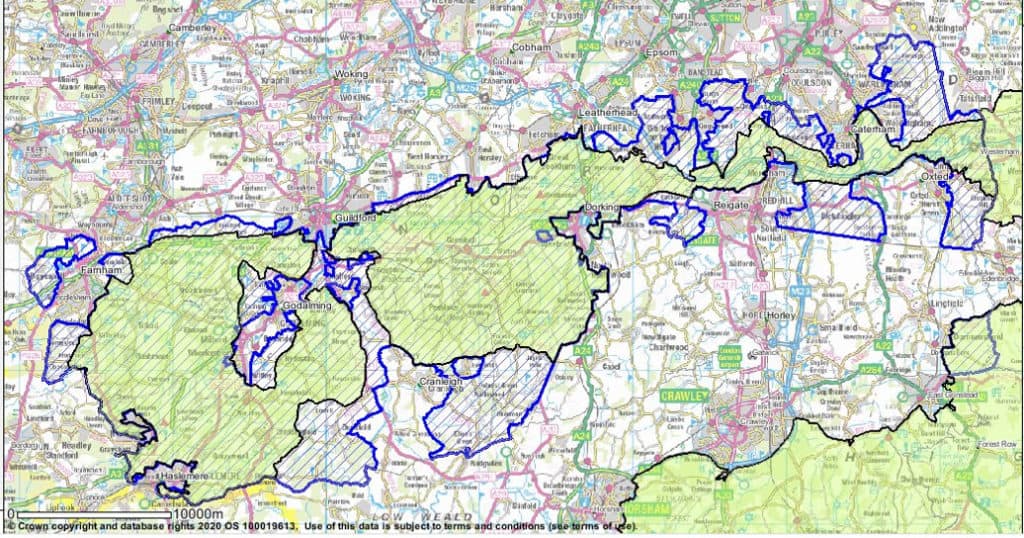
Green hatched area = AONB Blue hatched area = AGLV
Map of Existing AONB and AGLV from Surrey Interactive Map http://surreymaps.surreycc.gov.uk/public/viewer.asp
Surrey Hills Society



